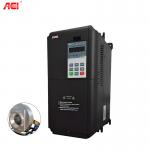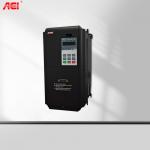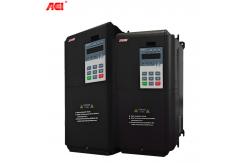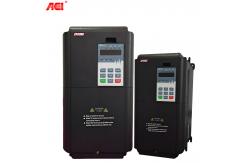ACI V/F Control Blower Variable Frequency Converter V/F control type fan frequency converter is a type of frequency
converter that controls motor speed by adjusting the ratio of
output voltage to frequency (V/F), especially suitable for speed
control of fan loads. The core principle is to maintain a constant
magnetic flux in the motor, achieve speed regulation by changing
the frequency, and adjust the voltage to maintain a stable V/F
ratio. Working Principle- Constant magnetic flux control
Below the rated frequency, by maintaining a constant voltage to
frequency ratio (V/F), the motor's magnetic flux is ensured to be
constant, avoiding weak or magnetic saturation.
Above the rated frequency, the voltage is usually kept constant and
only the frequency is adjusted to achieve constant power speed
regulation. - Voltage controlled oscillator (VCO) for frequency adjustment
The frequency converter converts the input voltage signal into a
frequency signal through a voltage controlled oscillator, controls
the frequency of the output voltage, and thus adjusts the motor
speed. - Torque compensation mechanism
During low-frequency operation, the output torque will decrease due
to the influence of motor resistance. The V/F control frequency
converter increases low-frequency voltage through torque boosting
function (such as automatic torque boosting or manual torque
boosting), compensates for insufficient torque, and ensures that
the motor can still output sufficient torque at low speeds.
Characteristic- Simple structure and low cost
No need for complex current sensors or encoders, only need to
adjust the output voltage and frequency, suitable for cost
sensitive application scenarios. - Moderate speed range
The usual speed regulation range is around 1:10, suitable for loads
such as fans and pumps that do not require high speed regulation
accuracy. - Open loop control, average response speed
Due to the lack of feedback signals, the system response speed is
slow, but it can meet the smooth speed regulation requirements of
wind turbine loads. - Significant energy-saving effect
By adjusting the motor speed to match the load demand, the motor
can avoid long-term full speed operation and reduce energy
consumption.
|








